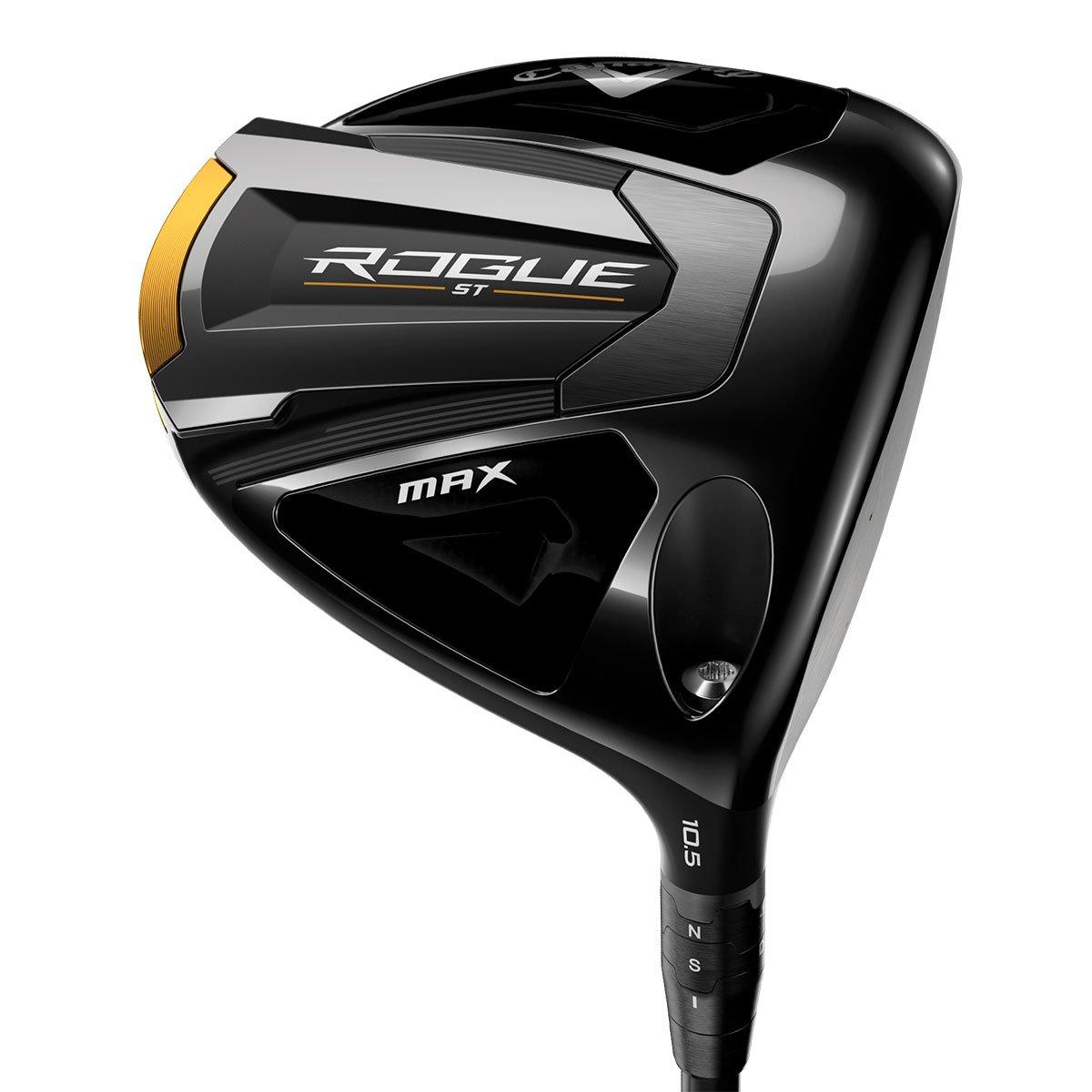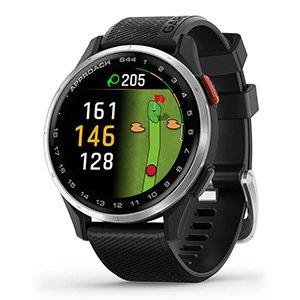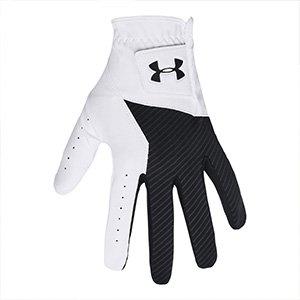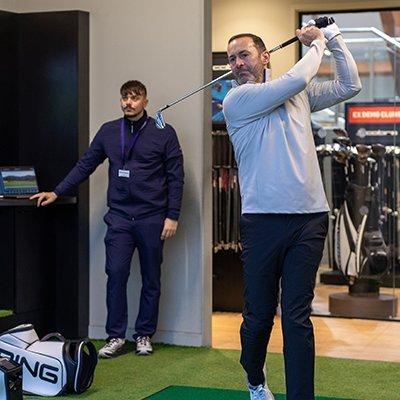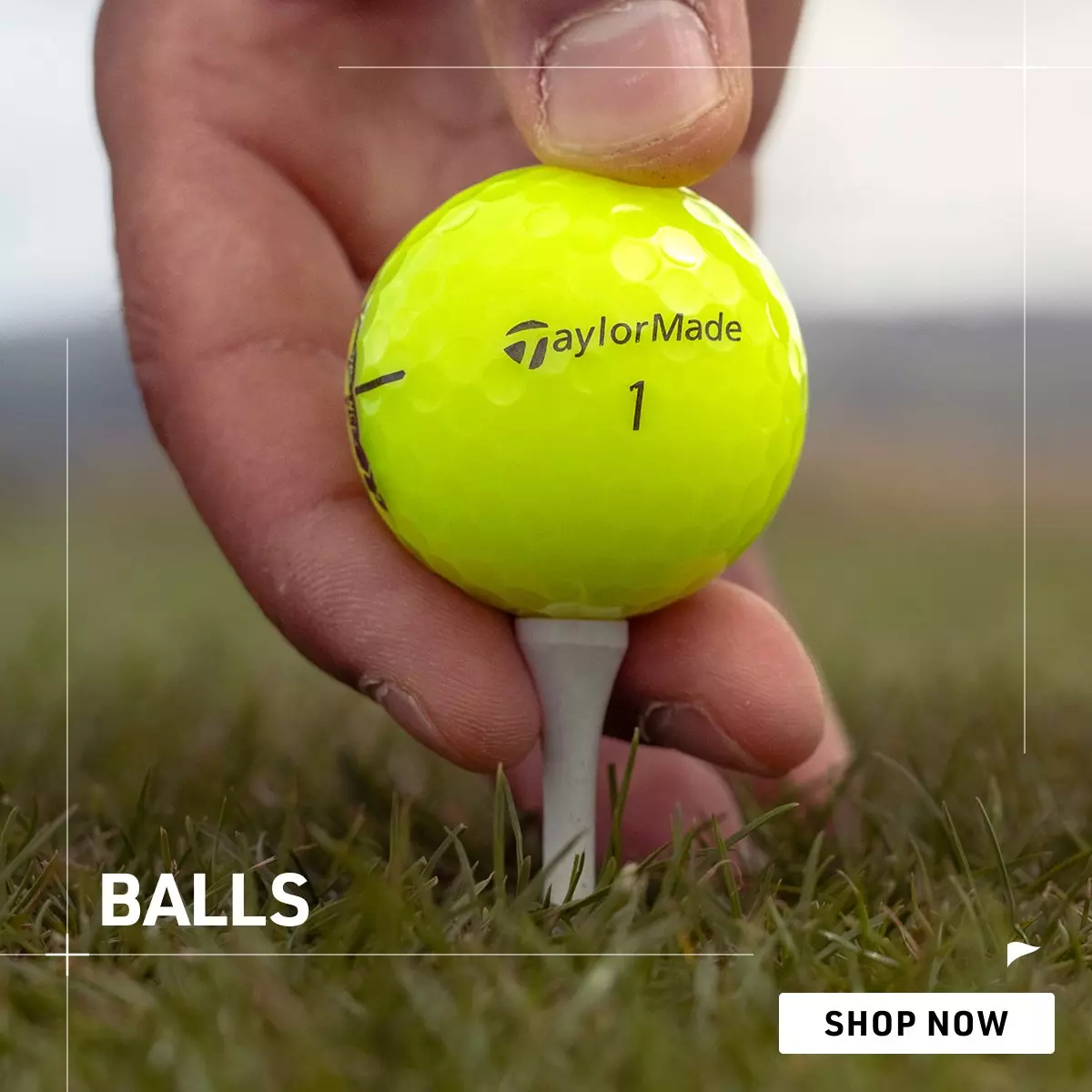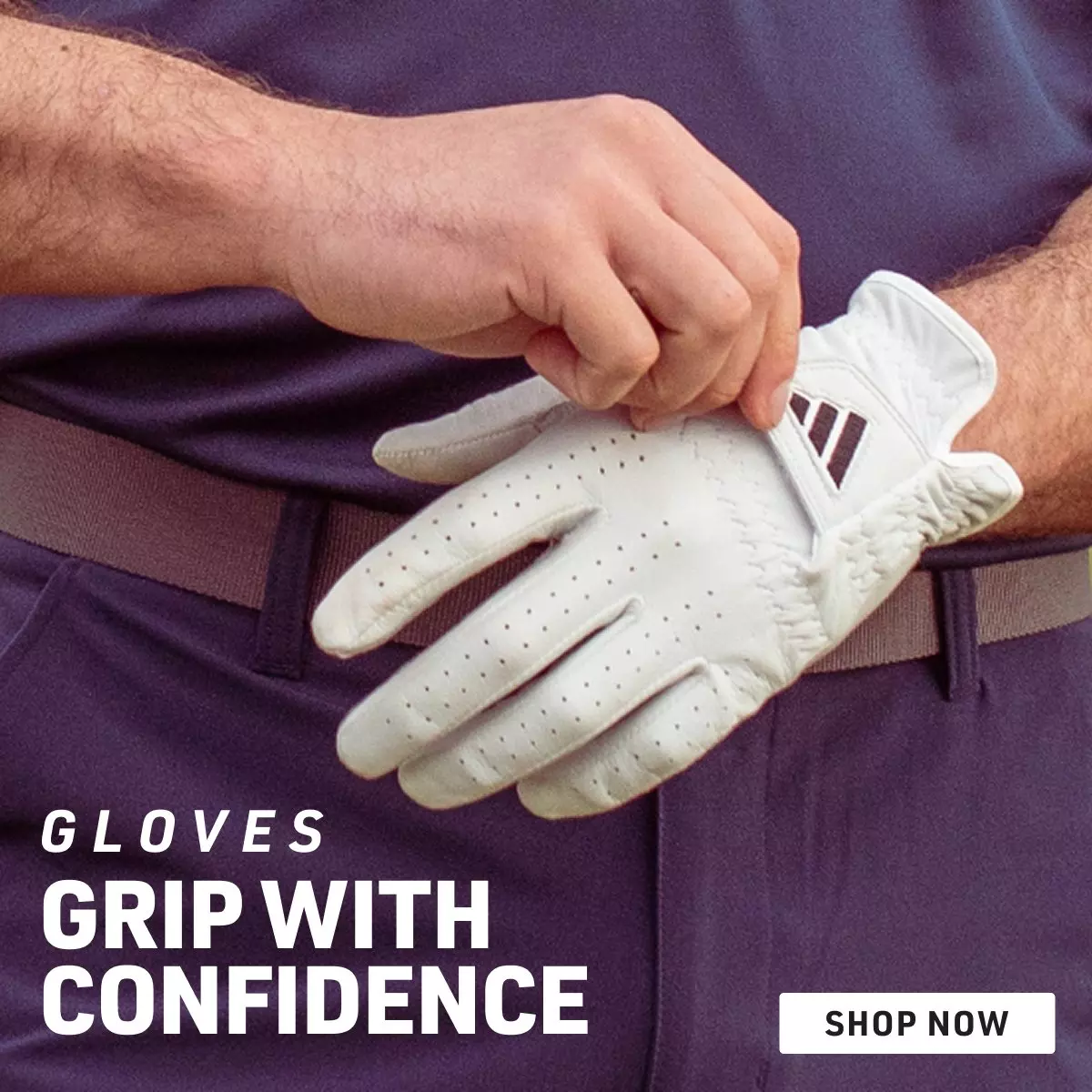Golf Putters
Putters Frequently Asked Questions
Throwing shots away at the end of a great round can lose you the game, so having a putter that suits your game can help to take strokes off your round. Make sure you find [clubs](/golf-clubs/) that work for you, whether you’re looking for a new [driver](/golf-clubs/drivers/), [wedge](/golf-clubs/wedges/), [irons](/golf-clubs/irons/), or [putter](/golf-clubs/putters/) you’ll find everything you’re looking for here.
What length putter do I need?
The thing about a putter is that it is pivotal to the rest of our game. It can define how we feel about our day on the course. Here at AMERICAN GOLF, we have picked out our ten [best putters for 2025](https://blog.americangolf.co.uk/best-putters/). Please read on and see which one takes our fancy.
How to measure putter length?
This is, again, something we’d recommend you visit us in-store for. You can try the following method at home, but we’d always recommend having it professionally verified by one of our trained fitters. Place a [golf ball](/golf-balls/) at your feet and resume your putting stance as if you were playing. Do this on your first try and without overthinking it, because if you adjust your stance to be different from the one you naturally and automatically assumed, the measurements will be off. Ask someone to measure the distance from the heel of your hand to the ground. This is your estimated putter shaft length. Because you will need an extra pair of hands to help you with measuring this anyway, we’d always recommend that extra pair of hands being one of our trained American Golf representatives. Visit us in store and a friendly face will always help you find the best putters.
How to grip a putter?
There are a couple of ways you can grip your putter, so we’ll take you through the most popular and commonly used methods. The reverse overlap grip is the most common way to grip a putter that many professionals prefer. For this, you place your left hand just above your right hand on the putter grip, and link both hands by lifting your index finger of your left over your right. Rest your left thumb flat on top of the grip for additional support. For right-handed players, your right hand will obviously be the dominant hand during this, with the left hand for direction and steadiness. The Vardon grip is another commonly used grip amongst the professionals, and it involves placing the little finger of the hand placed lower down the club (your guiding hand) between the index and middle finger of your dominant hand. The top thumb will sit nicely underneath the bottom hand across the heel of the thumb or the lifeline of the palm. The Left Below Right technique is basically the reversal of the traditional putting grip, or the reverse of the reverse overlap. Still with us? Good. For right-handed people, this involves putting your weaker left hand below your dominant right hand, but still wrapping the index finger on the right, across the fingers of the left.
What makes a good putter?
The best putters are fitted to your play style. For golfers who play consistently on or below-par games, then a traditional blade-style putter is what you’ll be looking for. They’re not the most forgiving for beginners, but for keen golfers they are a solid choice. For those who putt with a straight path, choose a face balanced putter, and for those who putt with a bend or a slight deviation in their path, choose a toe balanced putter.
How to improve at putting?
putting is, in fact, the bedrock of the game. In all likelihood you will hit twice as many putts as tee shots in a round but how often do you practise this essential skill? Over your next three rounds, alongside your score for each hole, write in smaller letters the number of putts you take. Thirty-six would be reasonable; 32-35 good and below 32 is excellent. Also, if you can, make a mental not of the ones you missed; were they on the high or low side of the hole, short or long? Knowing where you’re going wrong is the first step in improving, if you want a detailed analysis to get better, check out our blog on [how to improve at putting](https://blog.americangolf.co.uk/how-to-practice-putting/).
How to read a green?
Start before you get there. From 20-40 yards away just look at the general topography; is the green higher on one side than another, or is the back more elevated than the front? Once you reach the green, have a look from both sides of the flagstick. Don’t get too hung up on reading the speed of the green. Check out our blog for more on [how to improve your putting](https://blog.americangolf.co.uk/how-to-practice-putting/)
American Golf proudly boasts a collection of putters all to help tremendously improve your short game on the finely cut greens. Putting is definitely the most crucial part to a player’s game for determining a successful round and an impressive score. ‘Drive for show, putt for dough’ is the truest golfing phrase which serves extreme significance. No player can have a brilliant round of golf if they are striking the ball lovely but putting dreadfully. On the other hand, an awesome round is possible if a player’s ball striking is weak but their putting is immense as one and two putts provide the foundations for a low scoring round of golf. We swaggeringly stock a wide range of putters from the majority of leading golf putter brands including [TaylorMade](/golf-clubs/putters/shop-by/brand/taylormade/), [Odyssey](/golf-clubs/putters/shop-by/brand/odyssey/), [Ping](/golf-clubs/putters/shop-by/brand/ping/), [Rife](/golf-clubs/putters/shop-by/brand/rife/), [Titleist](/golf-clubs/putters/shop-by/brand/titleist/), [Wilson](/golf-clubs/putters/shop-by/brand/wilson/), [Fazer](/golf-clubs/putters/shop-by/brand/fazer/), [Cobra Golf](/golf-clubs/putters/shop-by/brand/cobra), [Benross](/golf-clubs/putters/shop-by/brand/benross/) and [MacGregor](/golf-clubs/putters/shop-by/brand/macgregor/).
American Golf also provides an advantageous [custom fitting](https://www.americangolf.co.uk/custom-fitting/) process to provide a player with the perfectly suited putter to improve their short game on the greens. Our bespoke process can be completed both online and [in-store](https://www.americangolf.co.uk/find-stores) to establish the best possible putter set up for you. A player’s height, putting posture and style of stroke are all critical in deciding which putter and of what specification is right for you. This highly recommended process guarantees to tremendously provide you with a putter to massively improve your putting in comparison to your existing one.

